Have you ever been worried about torrential rains finding their way into your home? Only basement owners understand the horror of bucket-scooping water out of their houses during an intense rainstorm. Dealing with the aftermath of heavy precipitation is nasty business, but there are ways of preventing flooding and foundational damage. Sump pump systems are critical to flood prevention, so if you don’t have one, it’s time to call a Minneapolis plumber to your house. Avoid flooding and foundation damage by learning about the importance of sump pumps – it just might save your home.
What is a sump pump?
A sump pump is a small device designed to move excess water from beneath your home’s foundation from an area called a sump pump pit.
Similarly shaped to a bucket, the exterior of the sump pump system includes a drain line that leads to the outside of your home. The interior of the bucket-shaped device contains a float to manage the water levels and a pump that forces the water up and out of the drain line.
These components all work together to efficiently move water up and away from your basement and home foundation to prevent water damage and flooding.
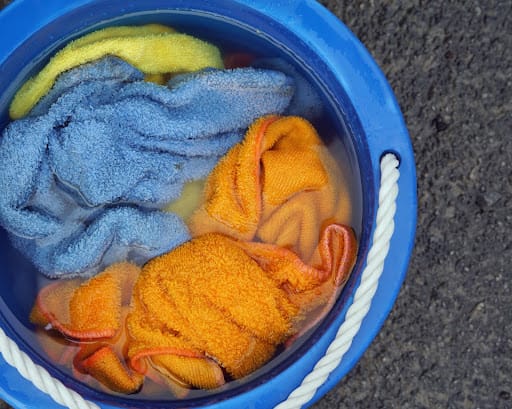
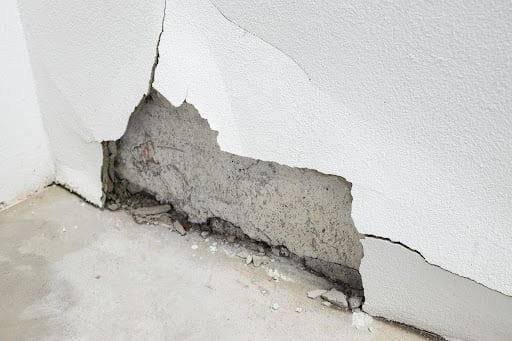
How do sump pumps work?
- First, water enters the sump pump basin when it rains or when the snow melts.
- This rising water level then reaches the float, which triggers the sump pump to turn on and reduce the water levels.
- Next, the sump pump pushes the water out of the home through its drain line until the water levels decrease.
- Finally, the float triggers the sump pump to turn off when the water is reduced to a low point.
This simple process is the key to cycling water out from beneath your home, making sump pump installation an incredibly valuable preventative measure.
Why do you need a sump pump in your home?
Sump pumps are an extremely beneficial preventative mechanism to avoid severe property damage. Consider how sump pumps protect your home from rising water levels.
- Prevents flooding. Unexpected weather conditions can cause sudden flooding that is detrimental to your home. With a sump pump installed in anticipation of these conditions, you can prevent flooding as soon as water builds up and prevent a panicked call to an emergency Minneapolis plumber.
- Prevents mold growth. Flooding isn’t the only danger to your home. Moist conditions, especially in an air-tight environment like a basement, encourage mold growth that can be hazardous to your family’s health. A sump pump significantly reduces the chance of mold growth and keeps your home free of mold illnesses.
- Prevents foundation cracking. When water seeps through basement concrete, it can cause the foundation to crack. Over time, these cracks become worse through temperature and humidity changes. A sump pump acts as a dam that prevents water from reaching your home’s foundation.
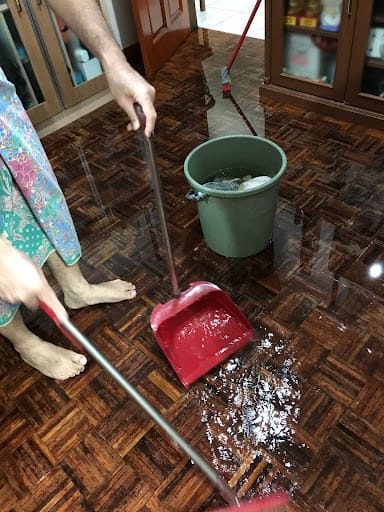
How to use a sump pump
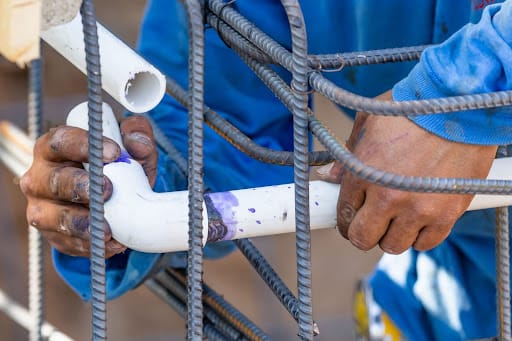
Other than the occasional check-up, sump pumps actually require minimal effort on your part. Here’s everything you need you know about how to maintain a home sump pump system.
- Installing the sump pump. A local plumber can install a new sump pump in little to no time. If you don’t have an existing sump pump pit, they will cut a hole the size of the basin in your basement floor. Then, they will install the basin with a sifting screen to prevent silt from clogging the sump pump. Afterward, they will secure it with concrete and install the drain line. A technician can complete the installation in as little as a couple of hours.
- Testing the sump pump. While a technician will test the sump pump at initial installation, ensuring it functions occasionally is also helpful. How do you test a sump pump? Once a year, check if it’s working by slowly filling the sump pump basin with a large pot of water. It should automatically turn on and pump the water through the drain line. Ensure that the water is effectively moving out of the house by locating the exterior drain line exit and watching for the water to leave.
- Maintaining the sump pump. Over time, the sump pump might build up some dirt and grime. For those wondering how to clean a sump pump, the process is rather straightforward. Occasionally unplug the sump pump, remove the lid, and wipe away dirt and gravel. This is also an excellent time to check for any damaged sump pump parts for replacement.
- Replacing the sump pump. Generally, sump pumps should be replaced at ten years old. After a decade of exposure to water and silt, the sump pump loses efficiency. Thankfully, sump pumps are a small investment that protects your home from thousands of dollars in potential damages!
How long do sump pumps last?
On average, a well-maintained sump pump can last anywhere from 7 to 10 years. However, factors like pump quality, usage frequency, and environmental conditions can influence its lifespan. Regular maintenance, including debris clearance and testing, will not only extend its life but also ensure your home remains protected from potential water damage. Understanding your sump pump’s age and performance is crucial in safeguarding your property from unexpected flooding issues.
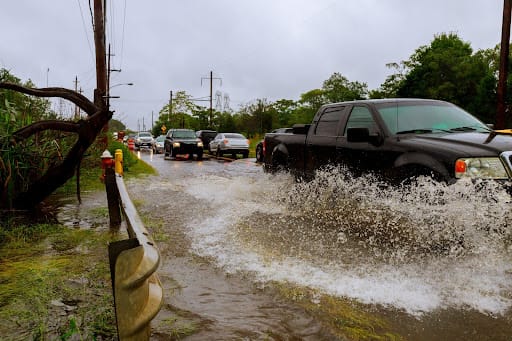
Do I need a sump pump for my Minnesota home?
All Minnesotans should own a sump pump simply because Minnesota is prone to heavy precipitation. Just this spring, it is forecasted that Minnesota will see minor to major flooding across the state. With an unusually high amount of snow on the ground late in the season, incoming warm weather may melt the snow and cause significant water levels to move. Since Minnesota weather is so unpredictable, it’s best to have a sump pump on hand in case flooding catches you by surprise.
April showers bring… well, flooding.

Sump pumps are critical to preventing property damage from water exposure. Not only do they stop flooding by moving away excess water, but they also prevent mold growth and foundation cracking. Remember that late spring and early summer are some of the wettest seasons in Minnesota. So before the rain showers dampen your day, invest in a sump pump to protect your home from flooding.
Greater Twin Cities Metro Sump Pump Installation
Mike’s Custom Mechanical has seen everything from flooding to damaged foundations. We know the stress that flooding causes homeowners, so we aim to prevent this costly damage for our customers. If you’re ready to protect your home before flood season, our Rogers, Minnesota, plumbers are happy to help.
Call us at (763) 568-7148 to learn how our team of adept plumbers can assist you today.



